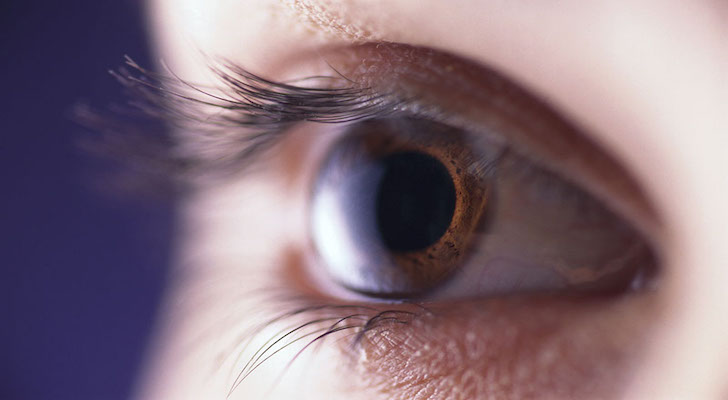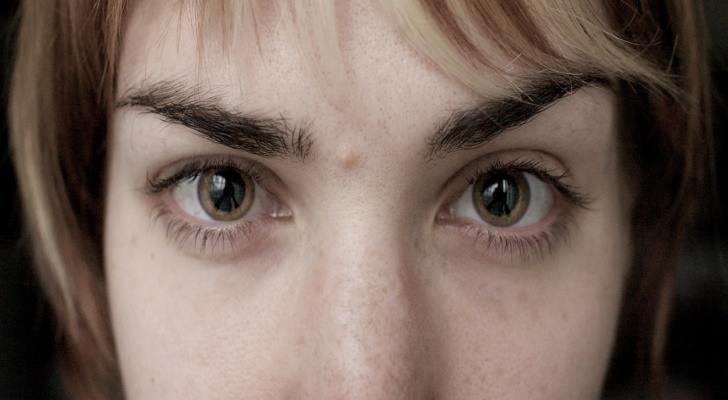
Researchers, including teams at the National Eye Institute, describe myopia as a refractive condition of vision. It is characterized by eye growth patterns in which the anteroposterior length is comparatively longer, altering how light focuses inside the eye. Literature notes that this configuration increases the risk of certain complications such as retinal detachment; associations with other ocular conditions, including glaucoma, are discussed in epidemiologic summaries.

Cataracts are also discussed in ophthalmic references as a common age-related lens change in the general population. Myopia refers to nearsightedness—clearer vision at near distances than far. Reports commonly describe onset during school years, with progression observed through adolescence in many cohorts. Summaries note that time spent on near work and screen viewing has been explored as a factor in observational studies, while some individuals show stabilization in adulthood.

Optics explanations describe myopia when parallel light rays are focused in front of the retina rather than on its surface. This can reflect the combined influence of axial length, corneal curvature, and lens power. In different individuals, one factor may predominate, or multiple factors may contribute together.

Onset is frequently reported in childhood and may progress during teenage years. Family history is described as a recognized risk factor in population studies; children with one or two myopic parents have higher observed rates compared with peers without such history. Some individuals continue to change beyond adolescence, while others show little additional shift.

Commonly described signs include blurred distance vision. People may report that distant objects appear indistinct or that far-away text, such as writing on a board or road signage, is harder to read compared with near text. Descriptions often include squinting or a sensation similar to looking through haze when viewing far targets.

Additional experiences mentioned in summaries include eyestrain, headaches after prolonged visual tasks, and end-of-day ocular discomfort. Reports also note squinting as a behavior some individuals use to sharpen images temporarily. Educational sources emphasize that these descriptions vary with task demands and individual sensitivity.

Risk factor discussions frequently highlight school-age periods (approximately 8–12 years) as a window when refractive status can shift as the eye grows. Studies also explore systemic and environmental contributors; for example, diabetes is discussed in ophthalmology literature for its ocular effects, though myopia prevalence reflects multiple influences and differs across populations.

Visual task demands—such as extended near work—are examined as potential contributors in observational research. Screen use, intensive reading, and detailed close work have been evaluated alongside genetic background, with many studies indicating multifactorial origins in which heredity and environment both play roles.

Diagnostic discussions describe standard vision assessments. Typical elements include measuring visual acuity with distance charts and recording responses to letters or symbols of decreasing size at a set distance. History questionnaires are often used to document visual tasks and symptom patterns.

Objective and subjective refraction are outlined in ophthalmic texts. Instruments such as a retinoscope can assess how light reflects from the eye to estimate refractive status, while a phoropter allows comparison among lenses to refine measurements. These procedures characterize the degree of refractive error and optical components involved.

Literature on vision management describes commonly used approaches for myopia, such as spectacle correction and contact lenses, as well as research into other modalities. These references summarize how optical systems alter focus so that images fall on the retina. This section provides descriptive context only and does not offer recommendations.

Ophthalmic and public-health sources also discuss topics like visual ergonomics, screen-related eye strain, and general associations between systemic health and ocular status. Research reports describe patterns such as periodic rests during close work, display parameter adjustments, or correlations with broader health behaviors; findings differ across studies and populations. The information here summarizes themes in the literature without prescribing individual actions.
Learn more about myopia at National Eye Institute.

